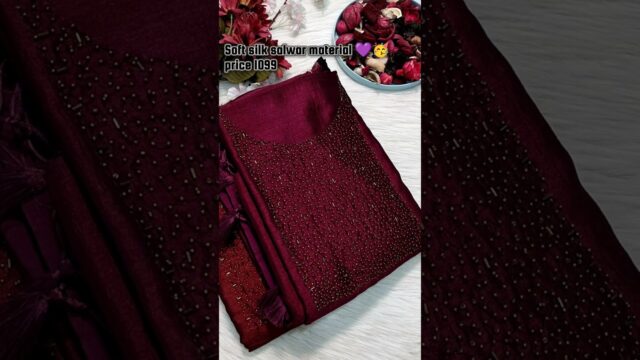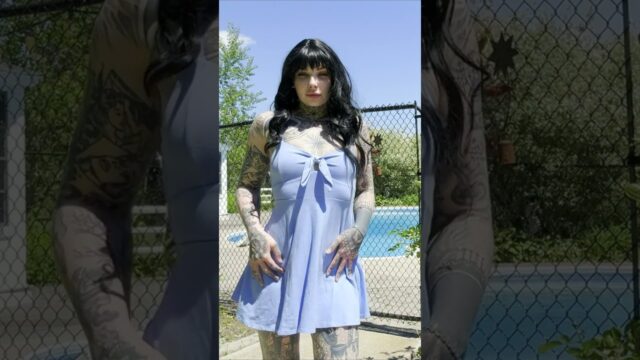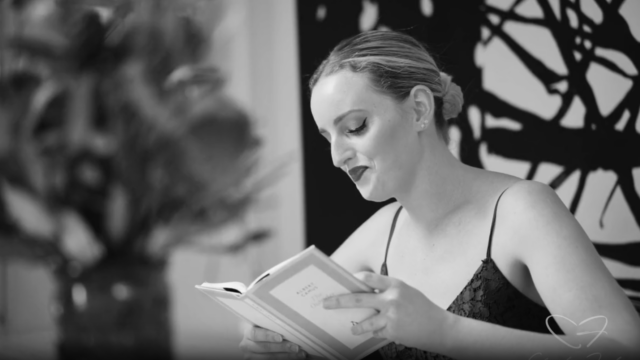Costume Design
149KCostume design plays a crucial role in bringing characters to life on film. As a wardrobe stylist and costume designer, I have always been passionate about the art of costume design and its impact on storytelling. In this article, I will be discussing the importance of costume design in the world of film and television, as well as the process of creating costumes that help to enhance the overall story and character development.
One of the key elements of any film or television show is the costumes worn by the characters. These costumes not only serve a practical purpose in terms of creating a visual aesthetic for the production but also play a significant role in helping to develop the characters and tell their stories. From the color and style of clothing to the accessories and props used, every aspect of a character’s costume is carefully chosen to convey specific information about who they are and what they represent.
When designing costumes for a film or television show, there are several important considerations that must be taken into account. The first step in the process is to carefully read the script and study the characters in order to understand who they are and what they are trying to convey. This research is essential in order to create costumes that are not only visually appealing but also accurately reflect the personalities and motivations of the characters.
Once I have a clear understanding of the characters and their roles in the story, I begin to sketch out ideas for their costumes. This involves considering factors such as the time period in which the story is set, the characters’ socio-economic backgrounds, and their personalities. For example, a wealthy character may be dressed in expensive designer clothing, while a working-class character may wear more affordable, practical attire.
After creating preliminary sketches, I then begin the process of sourcing and acquiring the actual clothing and accessories needed for the costumes. This often involves visiting vintage shops, costume rental houses, and even working with fashion designers to create custom pieces. Each item is carefully selected based on its color, fabric, and overall aesthetic in order to create a cohesive look for the character.
Once the costumes have been assembled, the next step is to fit them to the actors and make any necessary alterations. This process is crucial in order to ensure that the costumes not only fit properly but also allow the actors to move and perform comfortably on set. Additionally, fittings provide an opportunity to make any final adjustments to the costumes in order to achieve the desired look and feel for the characters.
On set, the costume designer works closely with the director, cinematographer, and other key crew members to ensure that the costumes are effectively showcased on camera. This involves paying attention to details such as lighting, camera angles, and framing in order to capture the costumes in the best possible way. Additionally, the costume designer must be prepared to make any last-minute adjustments or repairs to the costumes during filming in order to maintain continuity and ensure that they look their best on screen.
In addition to creating costumes for individual characters, costume designers also play a key role in establishing the overall visual aesthetic of a film or television show. This includes working with the production designer and director to create a cohesive color palette and style that enhances the overall mood and tone of the production. By carefully coordinating the costumes with the set design, props, and lighting, the costume designer helps to create a fully immersive world that draws viewers into the story and enhances their experience of watching the film or show.
Costume design is a collaborative process that involves working closely with a team of talented individuals in order to bring the characters and story to life on screen. From researching and sketching ideas to sourcing and fitting costumes, the costume designer plays a crucial role in creating a visual identity for the characters and helping to convey their personalities and motivations to the audience. By carefully crafting each costume and paying attention to the smallest details, costume designers help to enhance the storytelling experience and create a world that feels authentic and engaging to viewers.
Ultimately, costume design is much more than just dressing actors in pretty clothes. It is a form of visual storytelling that helps to bring characters to life on screen and enhance the overall viewing experience for audiences. Through careful research, creative design, and meticulous attention to detail, costume designers help to create a world that feels real and immersive, drawing viewers into the story and making them care about the characters and their journeys. As a costume designer, I take pride in my ability to create costumes that not only look great on screen but also help to enhance the storytelling and character development of the films and television shows that I work on.










